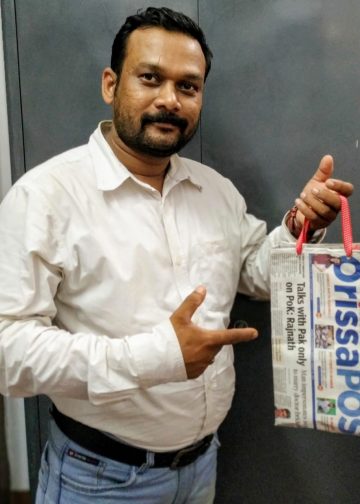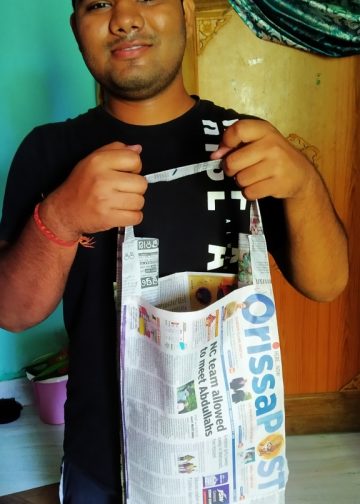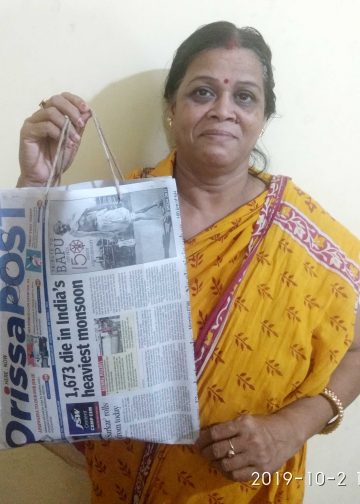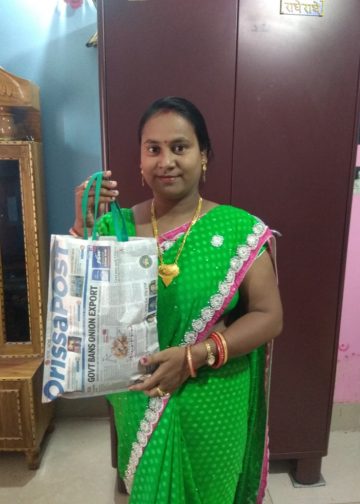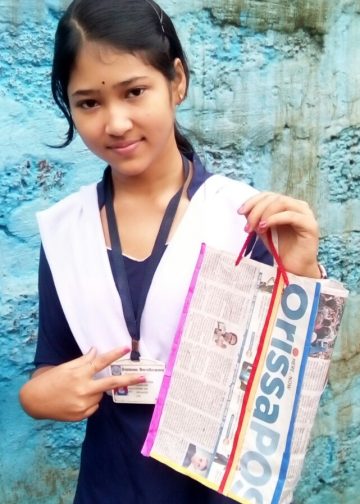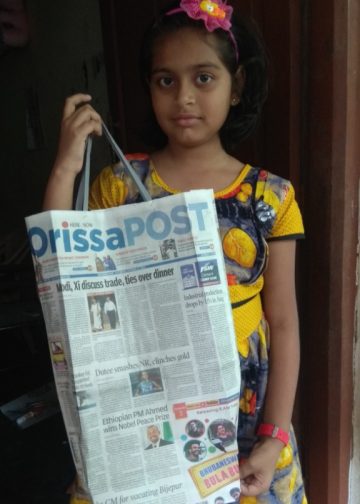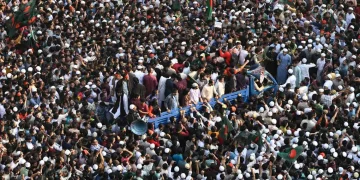post news network
Bhubaneswar, July 28: ‘The Colour of Darkness’, an Australian movie, has an Oriya connection. A song in the movie has been rendered by Pragya Patra from Bhubaneswar.
Pragya had auditioned for playback singing for the film with director of the film Girish Makwana over Whatsapp.
“I got in touch with Girish through Nandan Jha of the production company Placing Dreams. He had been looking for a fresh voice to render a semi-classical song for the movie. I understood from our conversation that he was looking for someone who had a high-pitched voice and could do justice to the fabric of this song in Hindi. He allowed me to get mentally prepared for the rendering. I recorded the song and Whatsapp-ed it to him. He liked my voice and the way I treated the song,” Pragya said.
‘The Colour of Darkness’ is lined up for release at the Indian Film Festival in Melbourne next month.
Pragya had been noticed for her performances in the reality show ‘Voice of India’ on a national television channel. The 25-year-old had quit her job with Google to take up music as a profession.
Currently residing in Mumbai, Pragya recently tied up with Happydemic, a production company owned by Radhika Mukherjee (wife of singer Shaan) for performances and live shows.
She also founded here own production company, Punyaa Productions, which encourages upcoming singers to produce music videos so that they can get in touch with composers, musicians, singers and music producers in Mumbai.
‘THE COLOUR OF DARKNESS’
The film by Indian-origin director Girish Makwana is inspired by the media coverage of random acts of senseless aggression and deep-seated racial tensions between Australians and Indians. Girish inquired into the reasons behind media stories and examined the complexities of the Indian historical and cultural landscape and their contradictions with Australian society. His film juxtaposes scenes from India and Australia and explores discrimination as it occurs within the historical context of the caste system and its perpetuation in the 21st century, both in India and beyond its borders. The unfolding of events in Melbourne highlights a relatively young society coming to terms with uncomfortable truths hidden below the surface of the cosmopolitan lifestyle.








